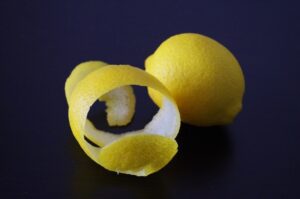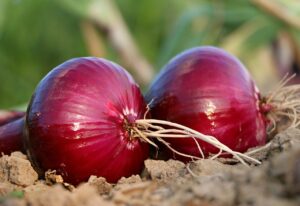3 uses of ginger you may not have known

Do you know how they use it in the countries where it originates? You will be surprised to know its versatility in the kitchen.
The ginger, It has been making its way in the markets in recent years, so much so that we can already find it in any greengrocer or greengrocer, grocery store or supermarket, both fresh and dried or powdered.
We like it very much for its citric aroma, for its slight pungency, because it lasts a long time in the pantry and for its versatility when cooking . Do you know how they usually do it in the regions from which they originate?
Here I explain three useful applications of this popular root.
1. PICKLED
We know him especially in Japanese cuisine where pink ginger slices are usually served . It is not necessary to add any dye, some varieties of ginger contain pigments that react according to the pH of the medium (such as red cabbage and beets) and change color.
The pickled ginger not only serves to cleanse the palate between tastings, we also can serve as an ingredient in fresh dishes and pickles as an appetizer with others.
You can buy it in oriental supermarkets and specialized stores or make your own pickled ginger , always paying attention to the food safety recommendations for pickles and homemade packaging. The recommended thing is, after peeling and cutting the ginger very thin, blanch it 10 seconds before putting it in the pot that we are going to use.
For a flavor more similar to that of Chinese and Japanese pickles, use rice vinegar , a pinch of sugar and salt, and optionally Sichuan pepper (whole) or black pepper (whole too).
2. AS A SOFTENER
One of the uses that ginger has in Asian cuisine is as a meat tenderizer. Ginger contains zingibaine , which works similarly to papain and bromelain from papaya and pineapple, respectively, separating collagen and fibers.
Since we do not use meat, this property seems to be “wasted”, but it is not. We can marinate seitan or textured soy with ginger juice (grated and strained) for a few minutes to soften it a little more, or we can add it to the stir fry, stew or stew that we are making simply for its flavor. Although it is in very few quantities , it is a digestive enzyme (like those of pineapple and papaya).
3. AS A SPICE
In kitchens across Asia , ginger is as basic a condiment as garlic is to us. In India, the world’s largest producer of ginger is used both dry and ground as well as fresh, for all kinds of dishes, especially vegetables and legumes.
It also makes sweets like candied ginger , cooking ginger in sugar, and drinks like ginger tea. It is also present in many pickles and homemade packaging, as a preservative and flavoring .
In India, the garlic-ginger combination is very common , in fact you can find cans of these two ingredients ready to use. The aromas and the slight pungency of both are highly appreciated, especially in Non-vegetarian cuisine.
In Cantonese cuisine , less given to spiciness, it is also used in smaller quantities to flavor stir-fries, soups and vegetables .
While in Indonesia it is also an important spice that is present in almost all hot dishes , just like in Thai cuisine. Blends of ginger, turmeric, cumin, and lemongrass are characteristic of Southeast Asian cuisine.
In Europe and the United States it has gained a lot of popularity as a spice “neither salty nor sweet”, so it is widely used in all kinds of preparations. Some of the most iconic are the gingerbread cookies and ginger ale or ginger ale .
We can also find it dried or in powder to make infusions , although the aromas are more pleasant and complex if we infuse a few slices of fresh ginger, better than in powder.







